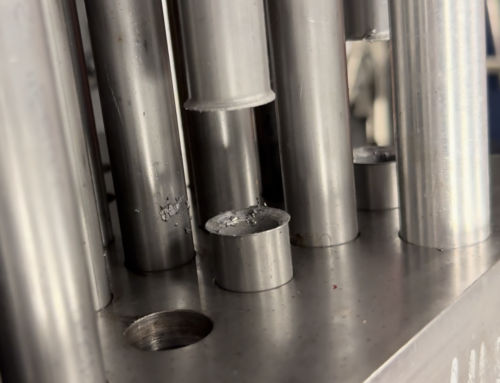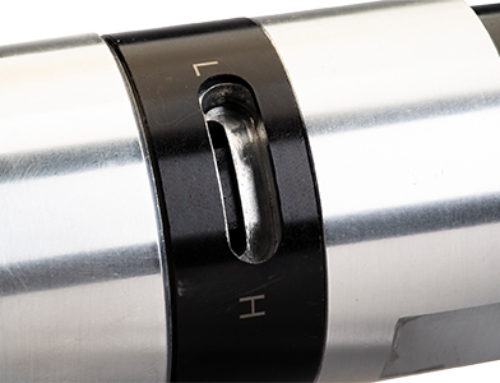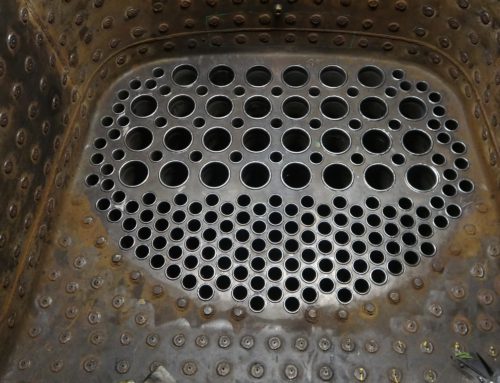
When removing tubes from a vessel, one of the most difficult tasks can be removing tube stubs from the tube sheet. Depending upon how long the tube has been in the vessel, in addition to how efficient the initial expansion was, the removal process can be very difficult.

One of the most common methods for tube stub removal is a knockout tool and a pneumatic hammer. Not only is this process hard on operators, but its also very time consuming and is prone to causing damage to the face of the tube sheet. Depending on the number of tubes in a vessel, it can take
operators a very long time to punch out each individual stub while also avoiding tube sheet damage. This removal process is extremely labor intensive and isn’t always effective. Often times, there are tube stubs that are extremely difficult to remove, resulting in an extra removal step.
In these situations, the tube sheet will be sent over to the machine shop to have a portion of the tube drilled out, thinning the tube. While this makes the tube stub easier to remove, it is a very expensive and timely process. It takes machine operators from other work that they may be doing, and it requires precision drilling to make sure the tube sheet is not damaged. Additionally, once this process is done, the tubes still need to be knocked out.
The cost and inefficiency of manual tube stub knockout makes it extremely unfavorable amongst operators and supervisors. One of the best ways to overcome these issues is to utilize a collet style tube puller.
A collet style tube puller uses a hydraulic cylinder, a drawbar, and a collet to remove tube stubs from the tube sheet. The hydraulic cylinder stroke pulls the drawbar through the collet ID on a taper, causing the jaws of the collet to open and the teeth to bite into the ID of the tube and extract it. This one step tube stub removal process grips, pulls, and releases tube stubs in a matter of seconds, making it a quicker alternative to more traditional methods.
In addition to speed, collet style tube pullers offer versatility for the operator. Handles can often be rotated to allow for both horizontal and vertical tube pulling, allowing easier access to tubes. Lastly, collet style tube pullers are ergonomic and easier on operators compared to traditional removal methods, since it takes less time and manpower to remove the tube stubs.
Overall, the speed and versatility of a collet style tube puller can greatly increase productivity and decrease the cost of a project when compared to traditional knockout methods.





